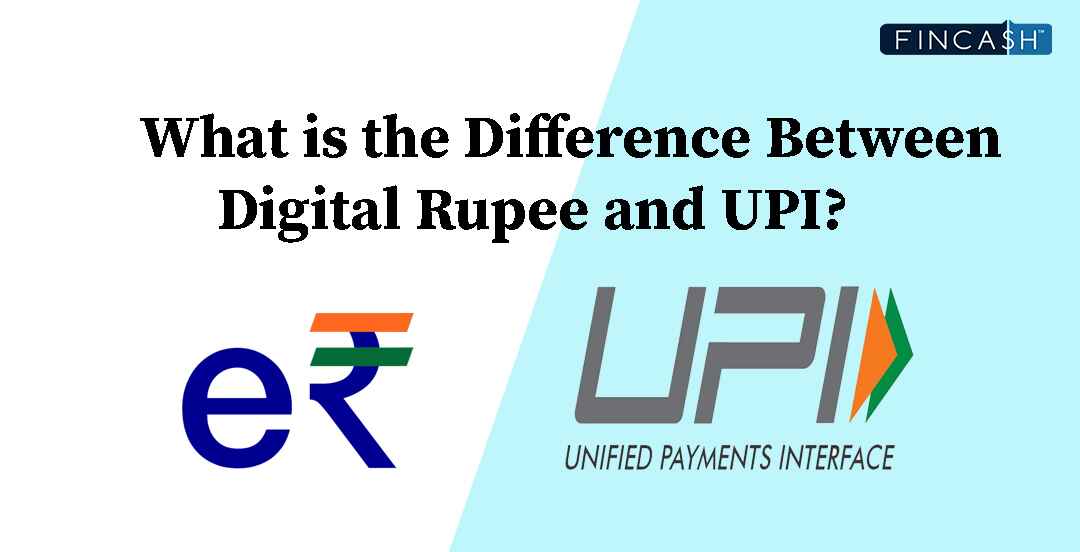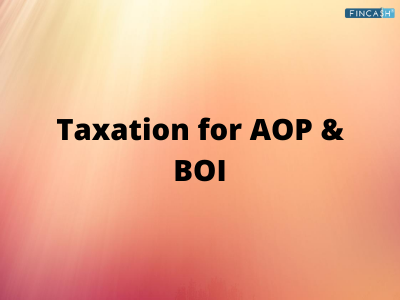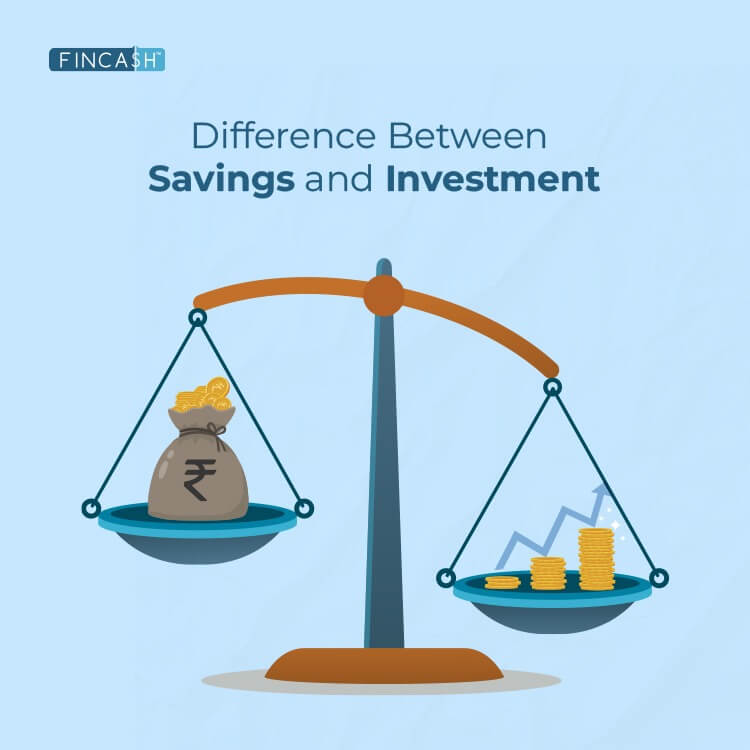What is the Difference Between Digital Rupee and UPI?
In the rapidly evolving landscape of digital payments, both Digital Rupee and UPI have emerged as essential elements in India's financial ecosystem, aiming to provide a reliable and efficient means of facilitating seamless digital transactions. Among the prominent players in this digital revolution are Digital Rupee and Unified Payments Interface (UPI), two different yet interconnected components of India's growing digital financial ecosystem.

Digital Rupee and UPI are two integral pillars of India's digital payment revolution, Offering distinct features and advantages. While UPI serves as a decentralised peer-to-peer payment interface, enabling real-time transactions between banks, the Digital Rupee acts as the government-backed digital counterpart of the national currency, regulated by the central Bank. As India experiences a surge in digital transactions, both aim to streamline financial transactions in the digital age. However, understanding their differences is crucial to effectively navigating the evolving world of digital payments. In this post, let's navigate the difference between Digital Rupee and UPI for harnessing their potential to push the nation toward a cashless future.
What is the Digital Rupee?
The Digital Rupee signifies the digital personification of the Indian Rupee, the nation's official currency. This government-backed initiative aims to digitise physical currency, making it accessible and usable in online transactions. The Digital Rupee essentially represents the value of traditional currency in a digital form, simplifying and securing digital transactions. The Reserve Bank of India (RBI) is liable for issuing and regulating the Digital Rupee. Operating on a centralised infrastructure, the RBI controls the production and circulation of the Digital Rupee. While centralisation provides security and stability, it may also raise concerns related to privacy and surveillance.
Talk to our investment specialist
Uses of Digital Rupee
Here are some of the most common uses of digital Rupee:
Cross-Border Transactions: Digital Rupee can streamline cross-border trade for individuals and businesses, eliminating the need for intermediaries.
Government Benefits: It can facilitate the direct transfer of government grants and benefits to citizens' digital wallets, reducing leakages and ensuring timely delivery.
Reducing Black Money: Encouraging digital transactions, the Digital Rupee has the potential to decrease Black Money and enhance economic transparency.
What is the Unified Payments Interface (UPI)?
The Unified Payments Interface (UPI) is a revolutionary payment system that the National Payments Corporation of India (NPCI) created. UPI empowers consumers to swiftly transfer funds between their bank accounts through smartphones. It is a peer-to-peer and merchant payment system, supporting real-time interbank transfers. Unlike the Digital Rupee, which operates within a centralised framework, UPI functions on a decentralised network. While NPCI manages the system and establishes the rules, various banks and payment apps Handle UPI transactions, providing users with multiple options.
Use Cases of UPI
Here are some instances where UPI payments are used extensively:
Peer-to-Peer Payments: UPI enables seamless financial transfers between individuals, simplifying bill splitting, money transfers to friends and family, and supplier payments.
Merchant Payments: Businesses widely use UPI QR codes to expedite and simplify the Receipt of digital payments.
Online Shopping: UPI is utilised for online purchases, streamlining checkout and eliminating the need to enter debit/credit card details.
Differences Between Digital Rupee and UPI
Jotted down below are the significant differences between digital Rupee and UPI:
Nature
The key distinction between digital Rupee and UPI lies in their fundamental nature. The Digital Rupee represents the digital version of physical currency, facilitating digital transactions independently. On the other hand, UPI serves as a digital transaction platform, which enables instant money transfers between bank accounts.
Function
UPI is a payment platform that allows several payment methods. In contrast, the digital Rupee resembles spending physical currency in digital form, using your mobile device for transactions.
Issue Authority
The Digital Rupee is issued and regulated by the central authority, RBI and doesn't involve individual intermediaries. NPCI created UPI and operates as a decentralised platform involving multiple banks and payment service providers.
Scope of Use
Digital Rupee seeks to digitise all aspects of the monetary system, including international trade and government benefits. At the same time, UPI primarily focuses on peer-to-peer and merchant payments within the nation. In every UPI transaction, the bank serves as a middleman. As a result, when using a UPI app, your bank account is debited, and the money is transferred to the recipient's bank. With Digital Rupee, you can withdraw digital currency from your bank account, store it in your mobile wallet, and use it directly for purchases at physical stores.
Centralisation vs. Decentralisation
UPI operates on a decentralised platform, offering users flexibility and choice, while Digital Rupee functions within a controlled infrastructure, ensuring central control and security.
Settlement Process Similarity
From a consumer's standpoint, the system of Digital Rupee appears almost identical to UPI, making the transfer process seem quite similar. However, there exists a substantial distinction when viewed from a banking perspective. For instance, consider a scenario where you've paid Rs. 200 to someone using a UPI-based app. On the UPI app's front end, it may appear that the amount has been debited from your account and credited to the other person's account. However, this is essentially a ledger entry, and the actual fund transfer occurs during the bank's settlement cycle, which isn't an instantaneous process. In the case of Digital Rupee, there's a real-time exchange of tokens between you and the other person. It's similar to physically handing a Rs. 200 note to someone. With the immediate ledger capture and instant fund transfer, the necessity for a separate settlement process is eliminated since both the front-end and back-end systems are updated instantaneously.
While the Digital Rupee is still in the exploratory phase, UPI is a fully functional and widely adopted payment system in India. Digital Rupee aims to establish a virtual currency for transactions, while UPI's primary objective is to facilitate seamless and efficient inter-bank transactions using mobile phones. Both the Digital Rupee and UPI hold the potential to significantly enhance the Indian Financial System and promote Financial Inclusion. The successful implementation of UPI serves as a promising indicator for the eventual adoption of the Digital Rupee.
Conclusion
Digital Rupee and UPI play pivotal roles in India's digital payment revolution, each offering distinctive features and advantages. UPI is a decentralised peer-to-peer payment interface that facilitates real-time transactions between banks. At the same time, the Digital Rupee serves as the government-backed digital counterpart of the national currency, issued and regulated by the central bank. In contrast to UPI's frictionless transfers through its effective decentralised platform, the Digital Rupee provides a centralised government-backed digital currency. These distinctions are evident in their nature, scope, and transaction processes. Understanding these differences is crucial for harnessing their potential and advancing India toward a more inclusive, cashless future as the nation embraces the digital era.
All efforts have been made to ensure the information provided here is accurate. However, no guarantees are made regarding correctness of data. Please verify with scheme information document before making any investment.












